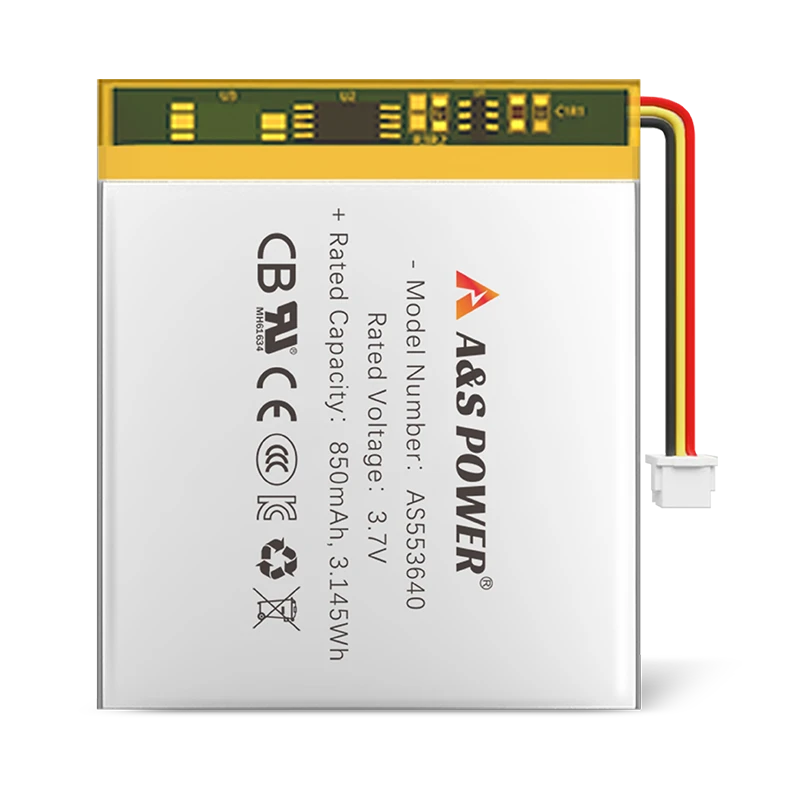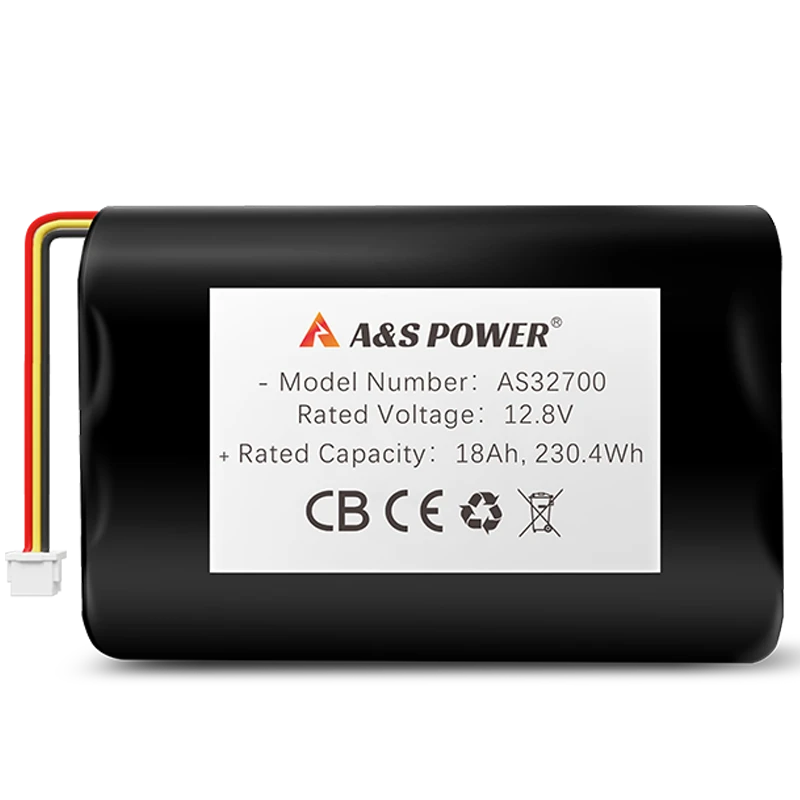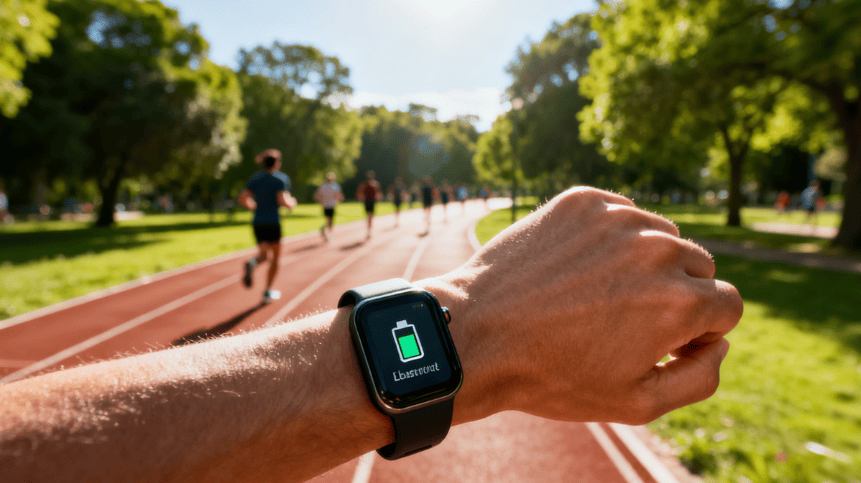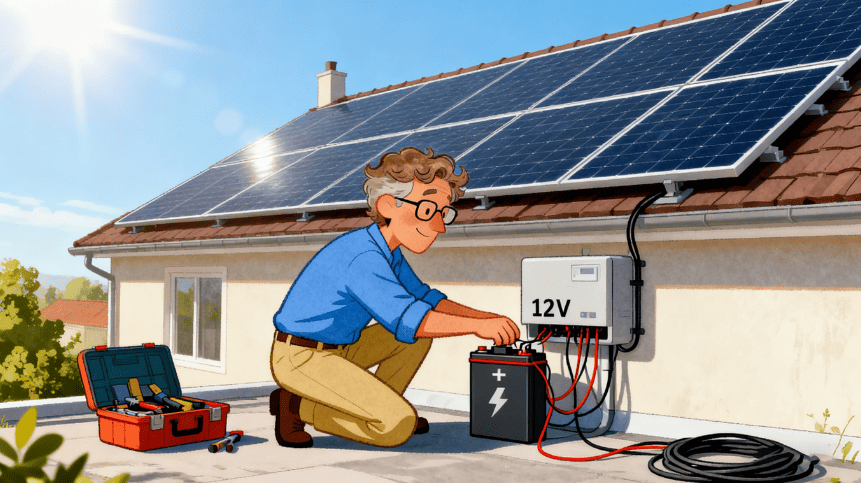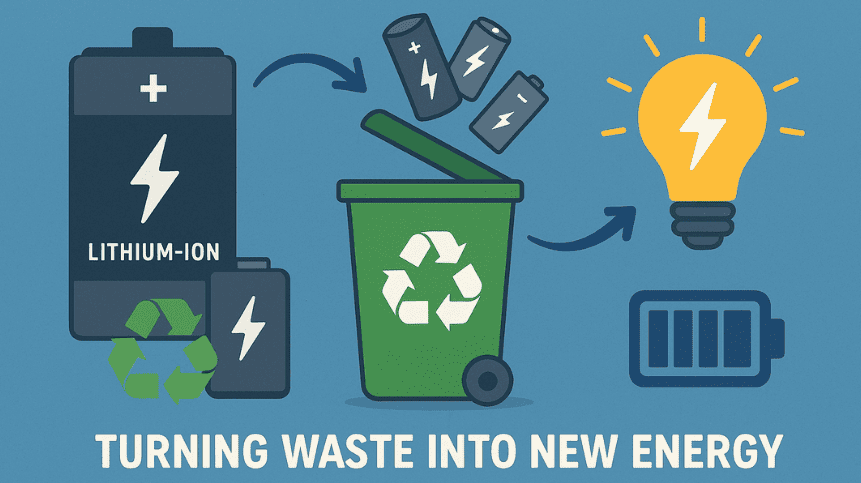The 3.7V lithium ion polymer battery—often referred to as a LiPo or lithium polymer cell—is one of the most popular power sources for portable electronics today. From smart wearables and wireless sensors to GPS trackers and medical devices, these compact and high-energy cells are at the heart of modern innovation.
What Is a 3.7V Lithium Ion Polymer Battery?
A lithium ion polymer battery (LiPo) is a type of rechargeable battery that uses a polymer electrolyte instead of a liquid one. The nominal voltage of 3.7V refers to the average operating voltage per cell, making it ideal for small electronic devices that require stable and efficient power delivery.
LiPo batteries are lightweight, flexible in shape, and capable of high energy density, which gives product designers freedom to create thinner, lighter, and smarter devices. Compared to cylindrical lithium-ion cells, LiPo batteries use a soft aluminum foil pouch that allows custom dimensions.
Battery Parameters
| Parameter | Value | Notes |
|---|---|---|
| Nominal Voltage | 3.7V | Standard for single-cell LiPo packs |
| Charge Voltage | 4.2V | Maximum safe voltage per cell |
| Discharge Cutoff | 3.0V | Prevents deep discharge damage |
| Energy Density | 150–250 Wh/kg | High compared to NiMH or lead-acid |
| Capacity Range | 100–10,000 mAh | Supports small sensors to industrial devices |
| C-Rating | 1C–30C | Higher C-rating for high-power devices |
| Self-Discharge | 10–20% per year | Retains 80–90% after 12 months |
These parameters can be customized based on the intended application. For instance, A&S Power provides 3.7V 500mAh rechargeable batteries designed for compact IoT devices, while higher-capacity versions serve power-hungry products such as handheld medical monitors.
Advantages of 3.7V LiPo Batteries
1. High Energy Density
One of the biggest advantages of LiPo batteries is their high energy-to-weight ratio. They deliver more power per gram compared to NiMH or NiCd batteries, which is critical for wearables and portable devices.
2. Flexible Shapes and Sizes
Unlike rigid cylindrical cells, polymer batteries can be customized into various shapes—rectangular, round, or ultra-thin—to perfectly fit the product design.
3. Stable Discharge and Low Self-Discharge Rate
A typical 3.7V Li-ion polymer cell maintains a consistent discharge curve, ensuring reliable power delivery across its entire capacity range.
4. Safe with Protection Circuit Modules (PCM)
Modern LiPo packs come with built-in PCM or BMS systems that prevent overcharge, over-discharge, short circuit, and overcurrent.
Applications of 3.7V LiPo Batteries
3.7V Li-ion polymer batteries are used across a wide range of industries due to their compactness and high reliability:
- Wearable devices (smartwatches, fitness bands)
- Medical devices (hearing aids, portable monitors)
- GPS trackers and IoT sensors
- Wireless earphones and mini audio systems
- Portable consumer electronics and toys
For example, the battery lipo 3.7v from A&S Power is widely adopted in medical wearable applications where long runtime and stable voltage are essential.
3.7V vs 7.4V Li-ion Batteries: What’s the Difference?
While a 3.7V LiPo battery consists of a single cell, a 7.4V 1600mAh LiPo battery combines two cells in series, doubling the voltage for devices requiring higher power. Designers typically choose 7.4V systems for larger or more power-demanding devices such as drones, cameras, and handheld tools.
However, for most small electronics, 3.7V single-cell configurations are more efficient, compact, and easier to integrate.
Certifications and Safety Standards
A&S Power ensures every 3.7V lithium ion polymer battery meets international certifications such as:
- UL1642 / UL2054
- UN38.3 (Transport Safety)
- CE / RoHS Compliance
- KC / CB / PSE Certification
You can learn more about Li-ion safety testing from Battery University and UL Standards.
How to Select the Right 3.7V LiPo Battery
Choosing the correct battery depends on your product’s size, power requirements, and discharge rate. Here’s what engineers should consider:
- Required capacity (mAh)
- Maximum discharge current (C rate)
- Operating temperature range
- Size and weight limitations
- Connector and protection circuit type
For professional design support or custom samples, you can consult A&S Power's 3.7V lithium ion polymer battery solutions team for recommendations.
Maintenance and Storage Tips
- Store between 40–60% charge when unused for long periods.
- Avoid charging below 0°C or above 45°C.
- Never puncture or deform the cell casing.
- Use certified chargers with built-in protection circuits.
Proper maintenance can extend battery lifespan by up to 30% and ensure consistent performance.
Future of Lithium Ion Polymer Batteries
As demand for compact electronics and wearable medical devices continues to grow, 3.7V LiPo batteries will remain a cornerstone technology. Innovations such as solid-state electrolytes and high-voltage cathodes promise even better performance in the next generation of lithium batteries.
Conclusion
The 3.7V lithium ion polymer battery combines high energy density, flexibility, and safety—making it the go-to solution for portable devices worldwide. With decades of experience in OEM and ODM projects, A&S Power provides custom battery packs that meet strict international standards.
Looking for a Reliable 3.7V Li-ion Polymer Battery Manufacturer?
Contact A&S Power to get a tailored solution for your device design. We offer complete customization in capacity, size, connector, and certification.
Get a Quote



